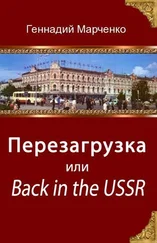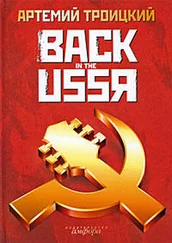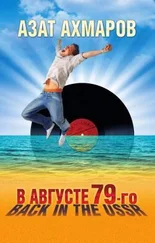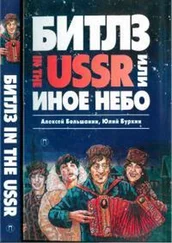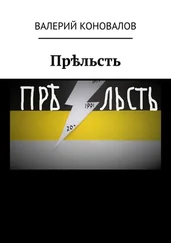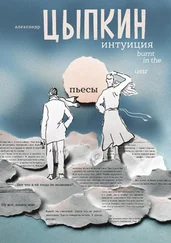Kulaks were wealthy peasants who were shot or exiled to Siberia during the collectivisation period of the early 1930s.
Labour recruits were offered bonuses to work in Siberia for a minimum of one year.
The Udege are a Siberian people who live on the eastern seaboard of the Primorye region. In the 2002 census they numbered I,657. They were nomadic hunters until forcibly settled in the 1930s.
Dalstroi was the collective name of the northern Siberian camps.
This purge began after the murder of Kirov in 1934.
It was customary for a troika of three men to pool ten roubles to buy a bottle of vodka.
DDT was used to get rid of lice.
After the war, plants that had made chemical weapons were converted to pesticide production.
The Kuibyshev dam and hydro-electric power plant, built by prison labour, were completed in the early 1960s and hailed by the government as ‘the building of communism.’ Stavropol-on-the-Volga was later renamed Toliatti after the Italian communist.
Decembrists were revolutionaries sentenced in 1825 for plotting against Tsar Nicholas the First. In this context they were drunks sentenced according to the December laws.
Zaklyuchonniye : prisoners.
Kolyma was an area of camps in the Soviet Far East.
Bitches were renegades from the criminal element traditionally known as ‘thieves-by-code’.
‘Thieves by code’ were a criminal caste who refused to work, marry, own property or accumulate money. All stolen goods were pooled. When arrested they would not cooperate with the authorities in any way. From the 1920s onward the Soviet regime set out to destroy this old criminal underworld. Some thieves-by-code gave in under torture and agreed to cooperate with the authorities. They were then known as ‘bitches.’ In the 1950s special planeloads of these bitches, MVD agents among them, were flown from one camp to another where they fought for control.
If the authorities placed a thief-by-code in a bitches zone he would kill the first person he came across in order to get a transfer. When the death penalty was reintroduced the camp wars quietened down. By the late 1960s thieves-by-code no longer existed except in Georgia. Their successors were known as thieves of the western type, who ran organised crime and illicit business. These criminals formed the Russian mafia and the old type of thief disappeared.
Goats were either informers or witnesses for the prosecution.
SVPs were an internal camp police force recruited from the prisoners.
This meant she was prohibited from living in the 20 largest cities in the USSR.
Alkash (plural: alkashi): street-drinker, wino.
In the 1930s a Soviet pilot called Levanevsky disappeared while flying over the newly-opened Arctic. His plane was never discovered. It became customary to say ‘he’s done a Levanevsky’ when someone disappeared without trace.
The Great Patriotic War is the Russian name for the Second World War.
A punitive treatment centre: basically a labour camp for alcoholics who were also supposed to receive treatment.
Chefir was extremely strong tea.
In criminal jargon a Pakhan is a leader of a gang of thieves. Usually he is a retired thief who sends younger lads out to work for him, a sort of Fagin character.
Prison records were written in internal passports which had to be shown when applying for a job or a place to live.
After ten years in a hazardous job a worker was entitled to early retirement.
A Christian sect that had its roots in Catherine the Great’s reign. Followers led a nomadic life in the forests of Russia, refusing to co-operate in any way with the civil and ecclesiastical authorities.
‘ Spetsialnii priyomnik ’: a lock-up for petty criminals.
Tales of a Sufi wise man called Hodja Nasreddin, believed to have lived in the thirteenth century, are part of the folk wisdom of Turkic speaking peoples. In this case Ivan and Tambov Wolf are telling each other that they are vagabonds.
A Georgian spirit.
Talking across a threshold is considered bad luck in Russia.
Vassya is a generic name other nationalities give to Russians. It has the slightly derogatory connotation of ‘simple village lad.
The Old Believers were a sect that broke away from the Russian Orthodox Church in the seventeenth century. Members were supposed to renounce alcohol and tobacco.
A powerful tranquillizer.

![Геннадий Марченко - Перезагрузка или Back in the Ussr. Книга 1. [СИ]](/books/53319/gennadij-marchenko-perezagruzka-ili-back-in-the-uss-thumb.webp)
